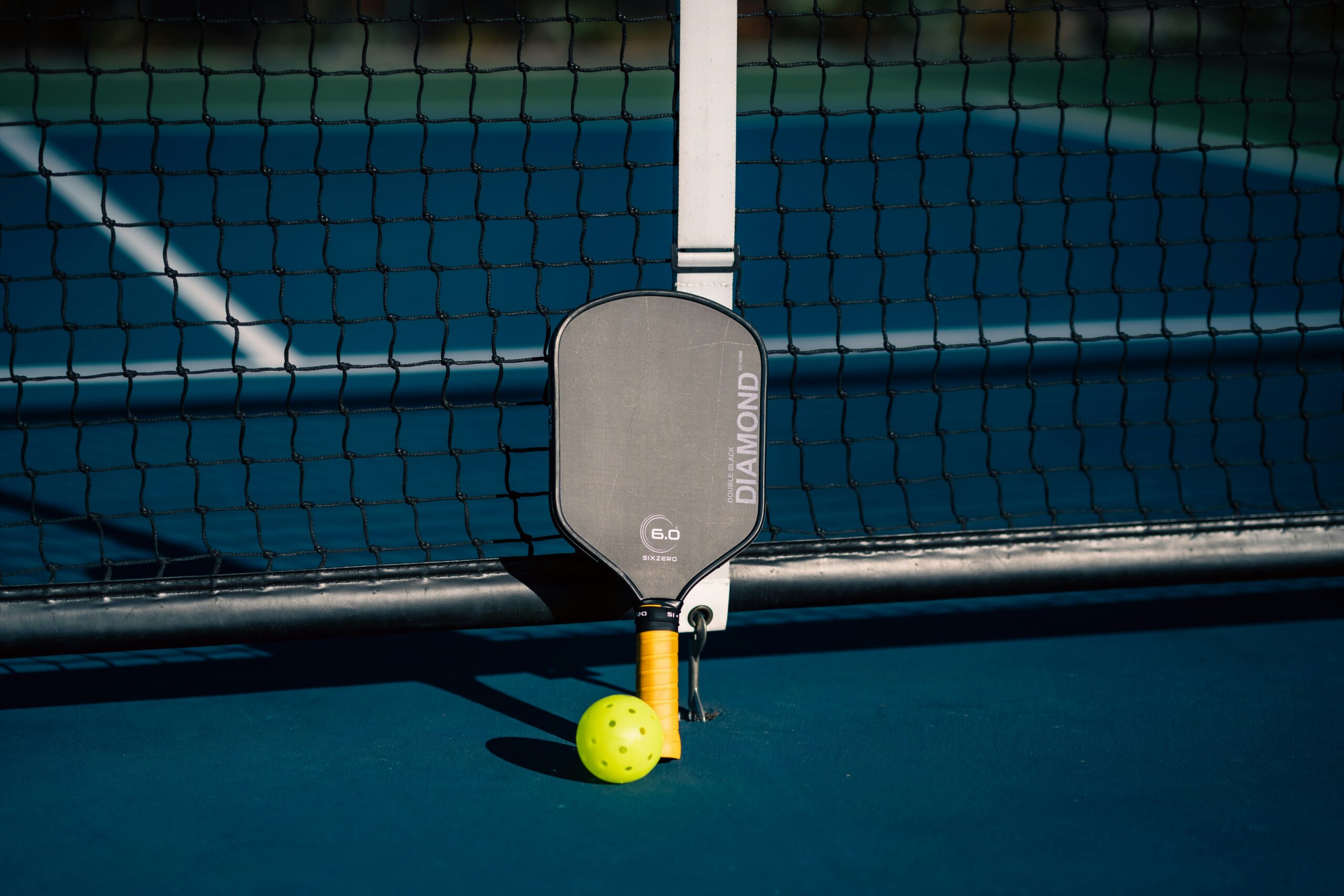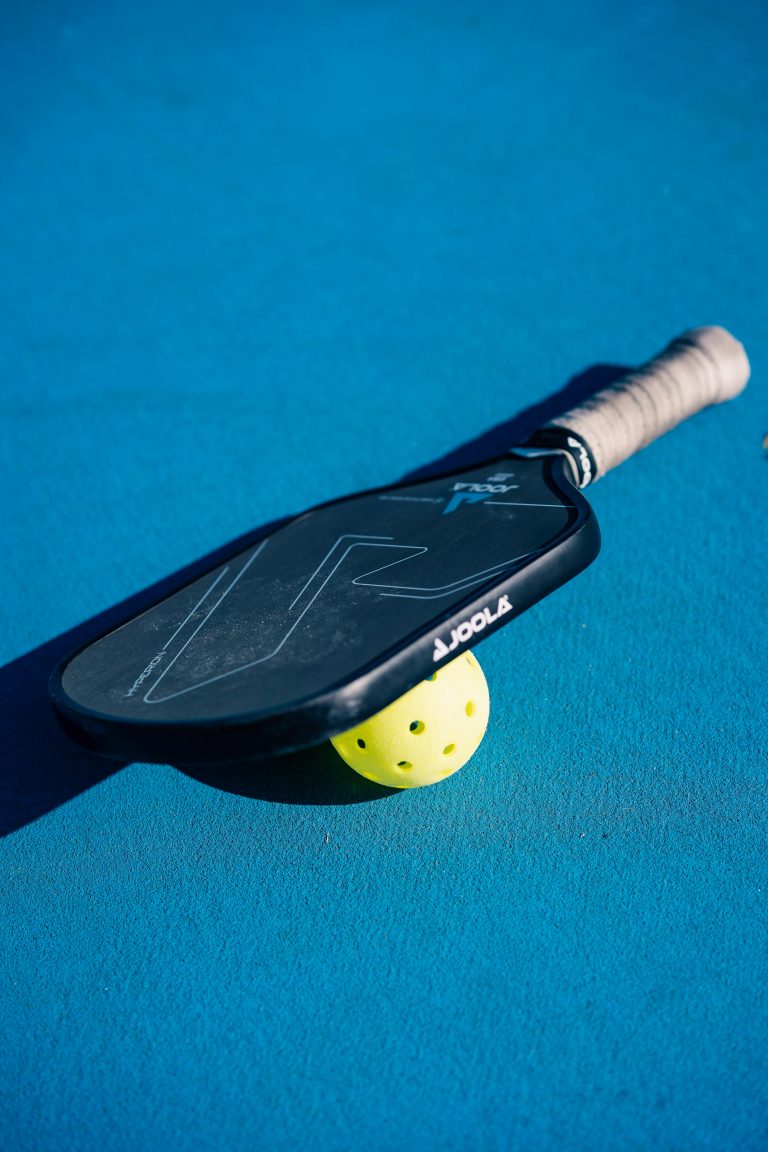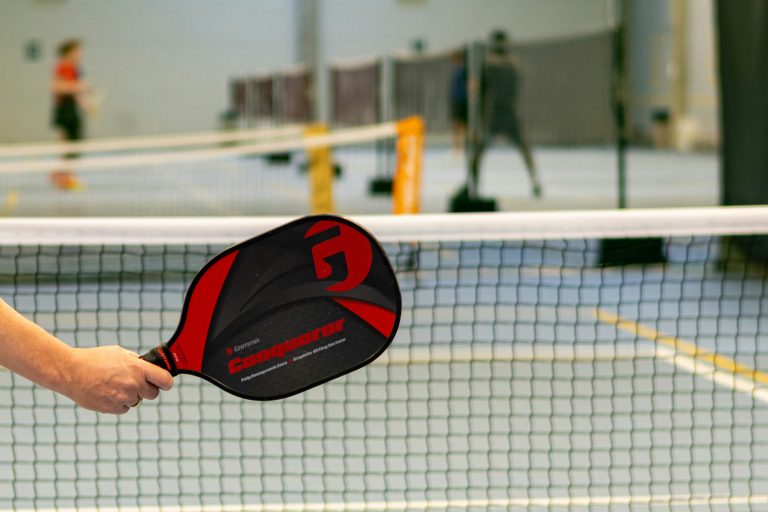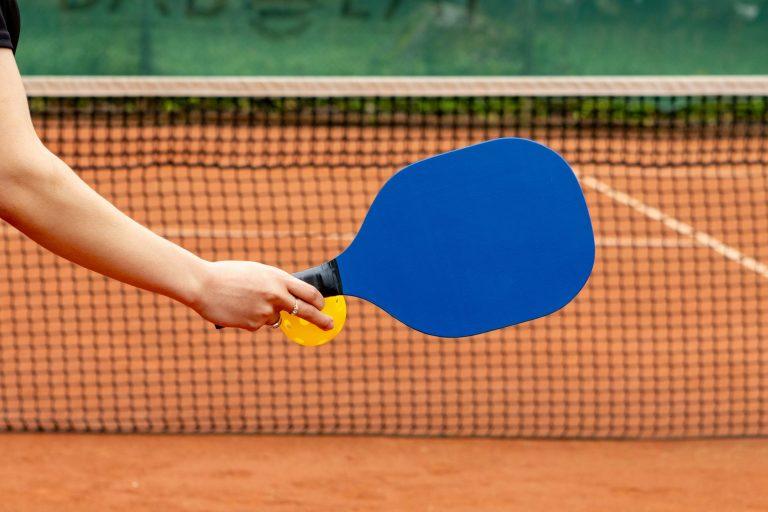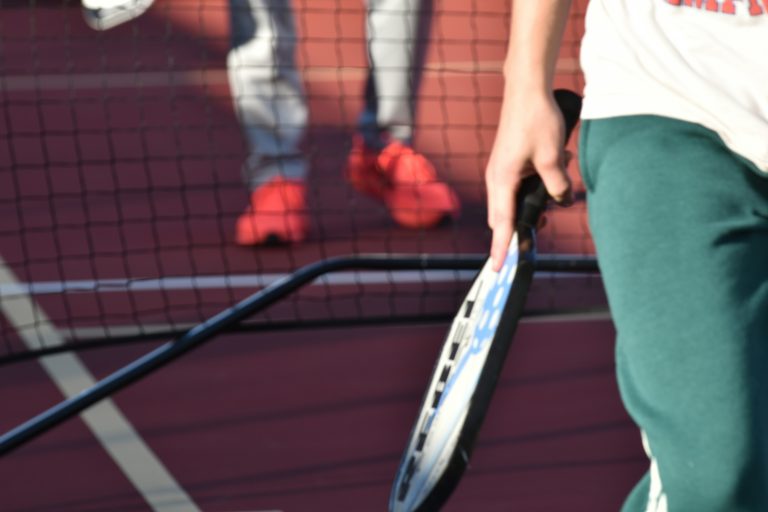Do You Need to Break In a Pickleball Paddle? Myths vs Reality
Updated October 2025
Every new paddle owner goes through the same ritual. You unwrap it, admire the carbon finish, take a few shadow swings, and then step on court expecting fireworks. Sometimes, though, the first few games feel flat. The pop isn’t quite there. The sweet spot feels tight. You start wondering, do you need to break in a pickleball paddle like a baseball glove or tennis racket string bed?
The short answer: sort of, but not in the way you think.
Some materials do mellow slightly with play, but modern paddles aren’t designed to “break in.” They’re designed to perform from day one. Let’s separate myth from reality and show how to get your paddle feeling its best as quickly as possible.
The Myth: “It Needs 20 Hours Before It Feels Right”
You’ll hear players at open play swear by this rule: “Give it 20 hours of court time and it’ll open up.” That advice comes from the early composite and fiberglass era, where glues and cores weren’t as consistent as they are now. Back then, a few hours of impact did help everything settle.
Today, though, carbon fiber and thermoformed paddles are factory tuned. The faces are hot pressed, the cores are pre cured, and adhesives are more stable than ever. If your paddle feels dead out of the box, it’s not because it’s new, it’s because the material and your swing haven’t synced yet.
What Actually “Breaks In”
Here’s what really happens when you start playing with a new paddle:
- You adapt faster than the paddle does.
Most of the “break-in” period is just you learning its timing and feedback. A stiffer paddle might make drops feel weird until you get used to it. - The grip and surface slightly settle.
Your grip compresses a bit with sweat and hand pressure. Some carbon faces may also feel smoother after hours of friction with balls, reducing early stickiness and giving a more predictable spin response. - Edges and faces expand microscopically.
Polymer cores expand slightly with temperature and repeated hits, which can make the paddle sound and feel more uniform. But we’re talking millimeters, not enough to transform a paddle’s DNA.
Which Materials Change the Most
If you’re curious what actually shifts with use, it depends on the build:
| Face Material | Change Over Time | What You’ll Notice |
| Raw Carbon Fiber | Slight smoothing | Less grabby, more consistent spin |
| Fiberglass/Composite | Slight softening | More control, less pop |
| Graphite | Minimal change | Feels consistent from day one |
| Hybrid (Carbon + Fiberglass) | Light mellowing | Feels more blended and forgiving after 10–15 sessions |
So yes, there’s a subtle adjustment period, but it’s more refinement than “breaking in.”
Why Thermoformed Paddles Don’t Need Break-In
Thermoformed paddles (like the CRBN-2X, JOOLA Perseus, and Six Zero Double Black Diamond) are fused under heat and pressure into a single shell. That process makes them stiffer, stronger, and more consistent.
They’re already “cured” before they ever hit your doorstep. Breaking them in doesn’t help, in fact, overdoing it can accelerate wear or even risk delamination. If your paddle sounds different after a few weeks, it’s not breaking in; it’s breaking down.
How to “Settle In” a Paddle the Smart Way
While there’s no real break in process, you can get your paddle feeling right faster by treating it properly:
1. Play a Variety of Shots Early
Hit drops, drives, and dinks right away. Varying impact speeds helps you understand how your paddle reacts across different zones.
2. Clean the Surface Regularly
A dirty paddle face plays slicker than it should. Use a damp microfiber cloth (like MagicFiber) or a gentle paddle eraser to remove dust and grit.
3. Adjust the Grip or Handle Wrap
If the stock grip feels off, swap it out for Gamma Supreme Overgrips or Tourna Mega Tac. It’s one of the easiest ways to instantly “tune” the feel.
4. Avoid “Smash Therapy”
Some players try to “break in” paddles by slamming them repeatedly or hitting against walls. That’s a shortcut to edge damage, not performance. Just play normally, the paddle will settle in naturally.
When a Paddle Actually Needs Replacing
Sometimes what feels like “breaking in” is really a paddle losing life. Here are the warning signs that it’s fading, not improving:
- The sound dulls from a crisp pop to a muted thud.
- You start missing depth on drives even when you swing clean.
- The paddle face feels uneven or warped to the touch.
- Spin seems to vanish even with fresh balls.
At that point, it’s time to consider a replacement.
If your paddle is a few years old or heavily used, you might notice the core starting to separate, known as delamination. It’s subtle at first but becomes obvious when you lose consistency. If that’s you, check out our full guide on pickleball paddle delamination for signs and solutions.
Myths About Breaking In
Let’s clean up a few persistent myths floating around:
Myth 1: You can heat up a paddle to make it softer.
Nope. Heat breaks down adhesive bonds. Leave that paddle in a hot car once and you’ll see what real “softening” looks like.
Myth 2: New paddles feel bad until they’re broken in.
If it feels off, it’s probably just not the right weight, shape, or swing balance for you — not a break-in issue.
Myth 3: You should hit with lead tape right away.
Lead tape can transform a paddle’s feel, but it’s best to play 2–3 sessions stock first. Then add a few grams at 3, 9, or 12 o’clock once you know what it needs.
Myth 4: More playtime always improves the face.
Actually, surface grit fades. If you notice spin loss, clean the face — and when it’s truly gone, it’s gone.
When to Use Lead Tape (and Why It Helps)
If you want your paddle to “feel” more broken in — as in, stable, predictable, and plush — a small amount of lead tape can help fine-tune weight and twist resistance.
- Add strips at 3 and 9 o’clock for more stability and forgiveness.
- Add a bit at 12 o’clock for a heavier swing and deeper drives.
- Add at the bottom of the handle to improve balance and comfort.
A roll of Gamma Lead Tape costs a few bucks and can make a paddle feel completely dialed in without changing your mechanics.
How to Know When You’ve “Adjusted”
After 3–5 sessions, your paddle will start to feel natural, not because it’s broken in, but because your touch and timing have synced to its rhythm. That’s the real magic moment. Drops get cleaner, volleys feel intuitive, and you stop thinking about gear altogether.
That’s when you know your paddle and your game have met in the middle.
The Bottom Line
Pickleball paddles don’t need to be broken in. They need to be understood. Give yourself a few sessions to adapt, clean the surface regularly, and fine-tune the balance with tape or grip tweaks.
If you’re still unhappy after ten hours of honest play, the paddle probably just isn’t the right fit. Return it, sell it, or move on — because when you find one that truly clicks, it feels perfect from day one.
FAQ: Do You Need To Break In A Pickleball Paddle?
Do pickleball paddles have a break in period?
Not officially. You might need a few sessions to adjust, but materials like carbon and graphite don’t require breaking in.
Why does my new paddle feel dead?
It might be the wrong swing weight, or you’re not hitting the sweet spot yet. Try adjusting your grip pressure or stance before assuming it’s defective.
Do thermoformed paddles soften with play?
No, they maintain stiffness until they eventually wear down. Any change in feel is more about the player adapting than the paddle changing.
Can you ruin a paddle by trying to break it in?
Yes. Excessive force, wall drills, or heat exposure can permanently damage adhesives or cores.
Should I clean my paddle before every session?
If you play outdoors often, yes. Dust and sweat can change surface friction. A quick microfiber wipe makes a difference.
Will lead tape make my paddle last longer?
No, but it can make it feel better balanced and less jarring, which might help reduce perceived wear.
Do pros break in paddles?
No. They test several and choose one that feels perfect immediately — that’s the luxury of sponsorship.

